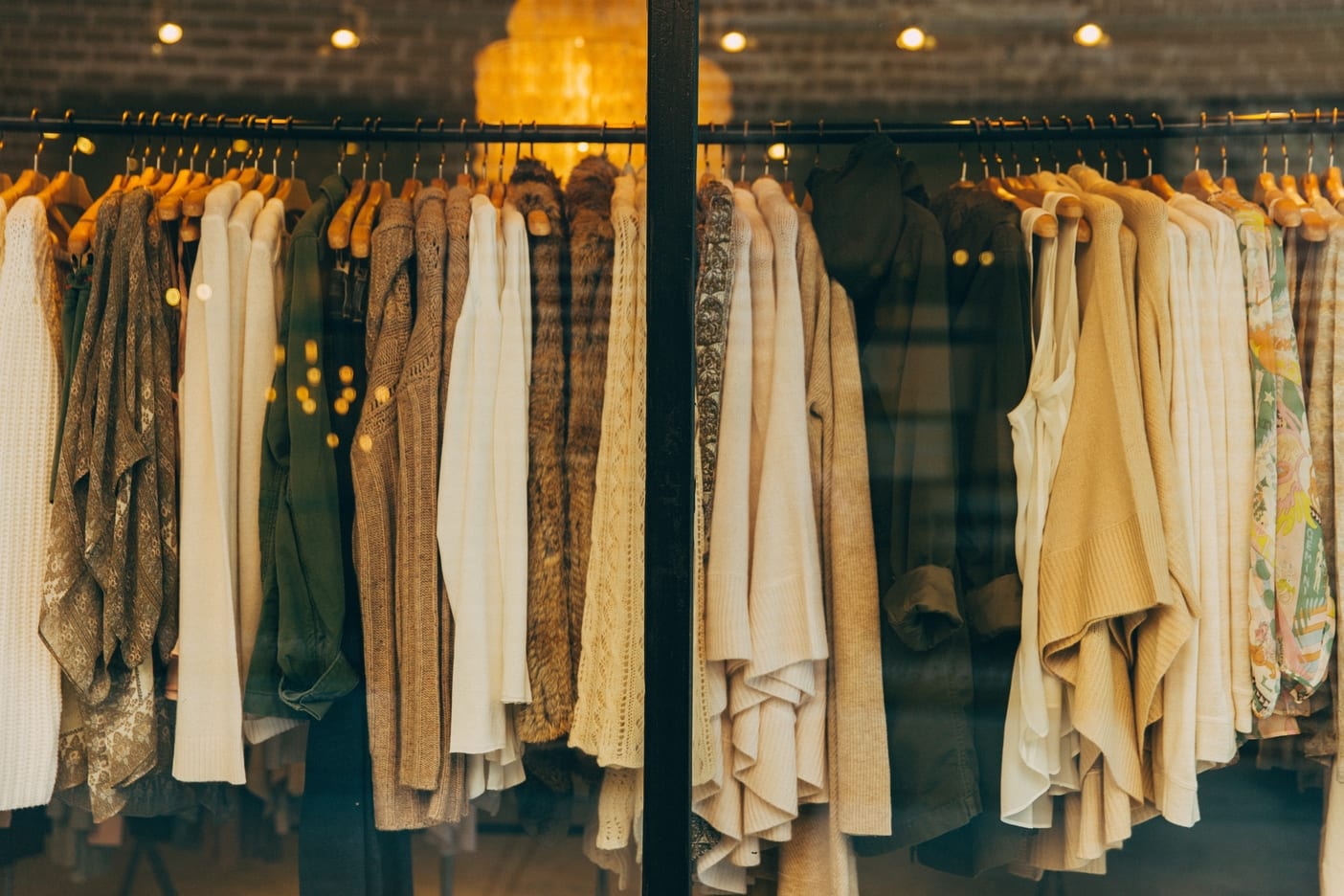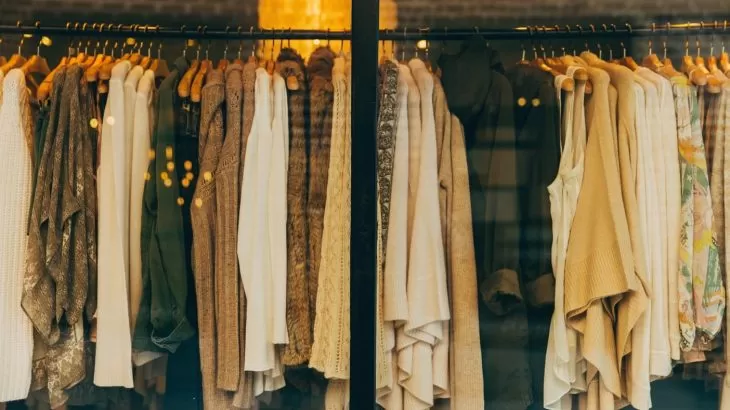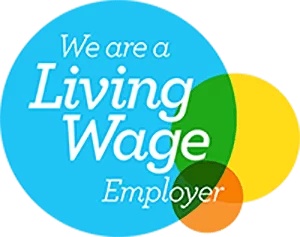
For months, you’ve laboured over your creative project, drafting designs for your signature pieces and building your unique eco-friendly business model. Starting a new fashion brand is a massive undertaking filled with hard work!
However - fueled with the correct resources, marketing, and brainpower - your ideas can blossom into a lucrative, fulfilling business. Try the following tips to build a sustainable and ethical fashion brand:
Focus on high-quality classics
Produce high-quality classic pieces in your range. Selling long-lasting pieces will result in your customers using them for longer. Fast fashion is one of the worst polluters of our environment, and it’s only getting worse. In fact, the fashion industry is the second biggest polluter in the world – preceded only by the oil industry. It’s not just the production of clothing, either. A synthetic garment can generate almost 2000 micro plastic fibres every time it’s washed.
Clearly, something needs to change.
Emphasising your commitment to the environment will bring you new customers. High-quality clothing will keep people coming back, too
You could also give your customers a few tips on how to care for clothes and fabrics to make them last longer. Print these instructions on the labels, or include a unique pamphlet or booklet with care instructions. Customers will love the personal touch.
Reduce your carbon footprint
The average American’s carbon footprint is three times the worldwide average. In 2014, the average C02 emissions per capita were 16.5 metric tons. As we know, fast fashion often plays a part in increasing a person’s carbon footprint.
When sourcing products, consider where they’re coming from. Generally speaking, materials imported from further away are less environmentally friendly than those locally sourced. If you often order supplies from the same town or city, research your delivery options. You may be able to combine shipments.
Wherever possible, commit to using eco-friendly vehicles for your transport needs. Avoid products that need to be regularly flown in. If you need your own company car, consider investing in an eco-friendly model.
Choose your producers wisely
There are plenty of cheap factories that will help you to save money in production. However, using one of these is arguably neither eco-friendly nor ethical. If you can, look for products that are Fairwear Foundation or SA 8000 accredited, these help to demonstrate that your products are produced in ethically sound factories that treat workers fairly and pay a living wage.
Several certifications exist to verify the responsibility of clothing producers. Oeko-Tex, for example, certifies that textile products have been tested and are free of dangerous chemicals. Other companies certify materials as organic if they’ve been grown in an organic environment.
Build up a social media presence
Social media is an invaluable tool in today’s world. If you’re trying to build a brand, you’ll need a social media presence. Try Instagram as well as Facebook and Twitter, and keep your customers updated with eye-catching images, engaging on-brand captions, and interactives such as polls and competitions.
Use a variety of niche and environmental hashtags to attract new customers who are interested in sustainability. Try #ecofriendly, #sustainability, #plasticfree, #ecowarrior, and even simply
#green. Another worthwhile hashtags is #ecomonday – this was used in the past to discuss environmental issues on Mondays, but is still seen regularly on Twitter.
Start a recycling program
Encourage your customers to bring in clothes they no longer wear. A recycling program in your store is a great way to ensure that clothes are living out their full lifespans. If you have the resources to do so, you might also like to consider a repairs department. Instead of throwing away clothing with minor blemishes, customers can have them fixed. You could also offer alterations. This way, any changes in body shape don’t have to mean getting rid of perfectly usable clothing.
There are plenty of organisations that specialise in recycling old clothes. The textile recycling company ‘USAgain,’ for example, focuses on providing clothing bins for people to donate their clothing. These items are then recycled or resold at affordable prices. If you don’t want to start your own recycling program, using an existing one can be a great start.
Starting a fashion brand will mean a lot of hard work. However, if you choose to be environmentally responsible, you’ll be helping to reduce the effects of fast fashion. These include its negative impact on the environment, as well as the exploitation of sweatshop workers. Choosing to sell sustainable and ethical clothing will set you apart from the rest.
About the Author
Cloe Matheson is a freelance writer living in the South Island city of Dunedin, New Zealand. She has penned articles for various blogs, sites and businesses including FUSO, featuring topics ranging from career and business to travel and lifestyle. See Cloe’s blog for more of her published work.
* Find this article useful?
Sign up to our newsletter, for the latest news, resources, trends and exclusive discounts.
Join our newsletter
If confirmation doesn't arrive in your inbox following subscription check your spam/junk mail.


